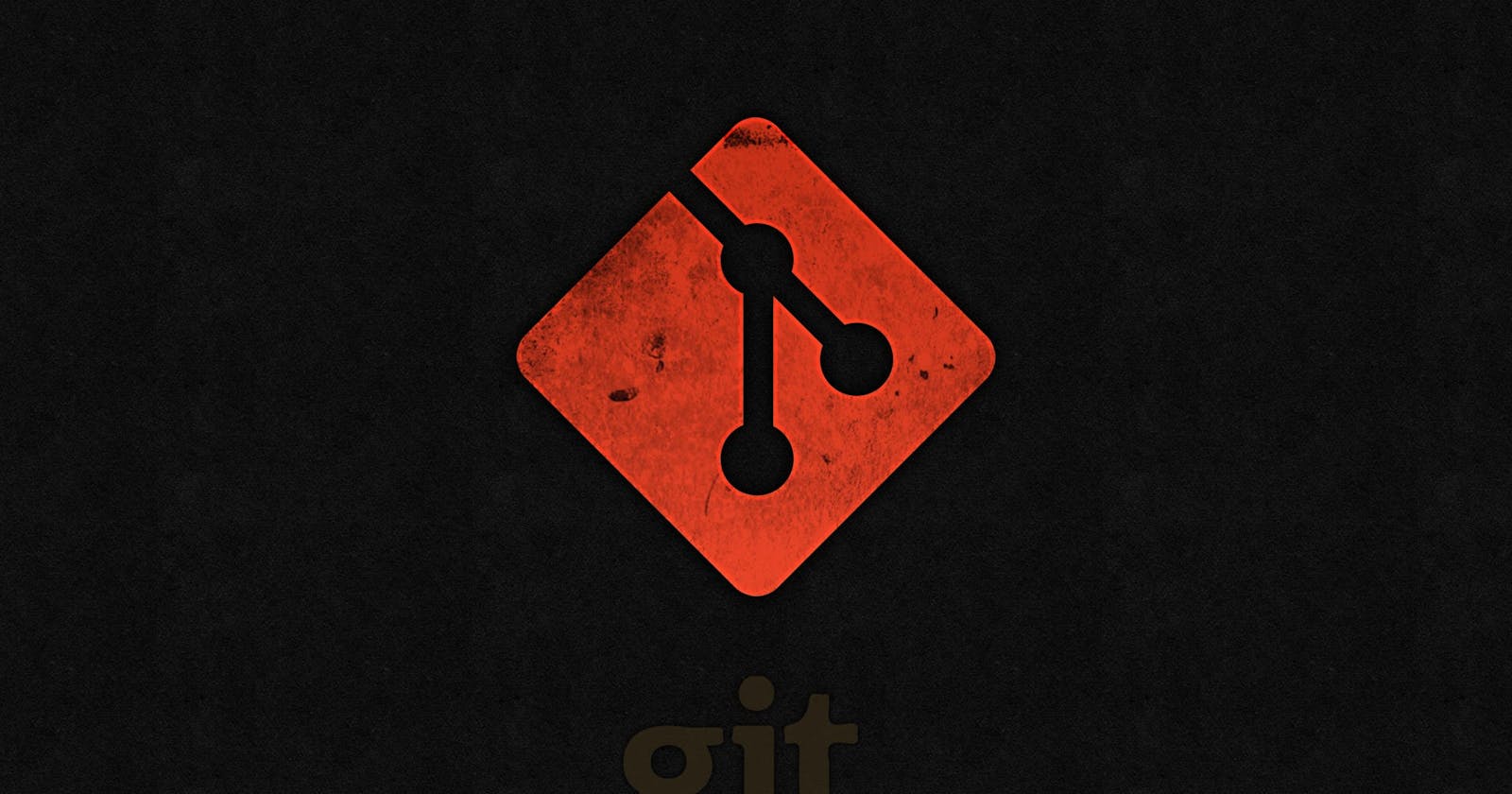Mastering Git and GitHub: A Beginner's Guide to Version Control and Collaboration
Git is a distributed version control system used for tracking changes in source code during software development. GitHub, on the other hand, is a web-based platform built around Git that facilitates collaboration and provides additional features such as issue tracking, pull requests, and project management tools.
Here are some basic concepts and commands for using Git and GitHub:
Repository: A repository, or "repo," is a collection of files and folders that are version-controlled using Git. It can be either local (on your computer) or remote (hosted on a platform like GitHub).
Clone: To create a local copy of a repository from GitHub, you can use the
git clonecommand followed by the repository URL. For example:git clone https://github.com/user/repo.gitCommit: A commit is a snapshot of changes made to the repository. After making changes to your files, you can stage them using
git addand then commit them usinggit commit. For example:git add . git commit -m "Your commit message"Push: To send your committed changes to a remote repository (like GitHub), you can use the
git pushcommand. For example:git push origin masterPull: To fetch and integrate changes from a remote repository into your local repository, you can use the
git pullcommand. For example:git pull origin masterBranch: A branch is a separate line of development in Git. It allows you to work on features or fixes without affecting the main codebase. You can create a new branch using
git branchand switch to it usinggit checkout. For example:git branch new-feature git checkout new-featureMerge: Once you've completed work on a branch, you can merge it back into the main branch (e.g.,
master). First, switch to the target branch (masterin this case) usinggit checkout, then usegit mergeto merge the changes from the source branch. For example:git checkout master git merge new-featurePull Request (PR): On GitHub, a pull request is a request to merge changes from one branch into another. It allows for code review and collaboration among team members. You can create a pull request directly on the GitHub website after pushing your changes to a remote repository.
These are just some of the basic commands and concepts in Git and GitHub. As you become more familiar with these tools, you can explore more advanced features and workflows to suit your needs.
